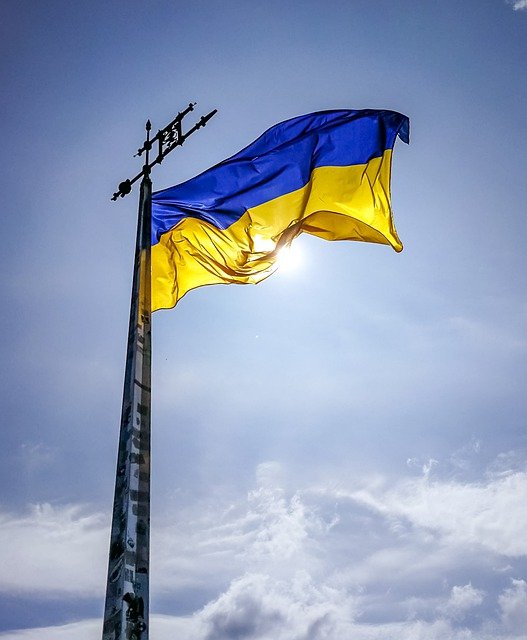However compelling it may be to use any available weapon to protect one’s homeland, nations in the rules-based international order have increasingly sought to draw a red line against use of weapons of mass destruction or weapons that pose a severe and lingering risk to noncombatants. Cluster munitions clearly fall into the second category.
The reason is that not all bomblets explode as they’re meant to, and thousands of small, unexploded grenades can lie around for years, even decades, before somebody — often, a child spotting a brightly colored, battery-size doodad on the ground — accidentally sets it off. The weapons used today by Russia and Ukraine are said to leave as many as 40 percent unexploded duds lying around, and they will remain a threat to the people of Ukraine no matter what the outcome of this conflict.
This danger prompted the adoption of a Convention on Cluster Munitions in 2008. The United Nations secretary general at the time, Ban Ki-moon, spoke of “not only the world’s collective revulsion at these abhorrent weapons, but also the power of collaboration among governments, civil society and the United Nations to change attitudes and policies on a threat faced by all humankind.” As of today, 123 nations — including many of America’s allies — have agreed never to use, transfer, produce or stockpile cluster munitions.
But not Russia or Ukraine, nor the United States, which used cluster munitions in Iraq and Afghanistan. In fact, the United States actively opposed the treaty. This editorial board argued at the time that, “As the main holdout, the United States gives cover to countries like Russia and China, which also rejected the ban. The treaty is weaker for it: together, these three nations have more than a billion cluster munitions stockpiled, far more than the number of weapons expected to be destroyed.”
Defending the decision to supply the weapons to Ukraine, President Biden’s national security adviser, Jake Sullivan, argued that Ukraine would not be using the munitions in a foreign land, but on its own territory. “These are their citizens they’re protecting, and they are motivated to use any weapon system they have in a way that minimizes the risk to these citizens,” he said.

